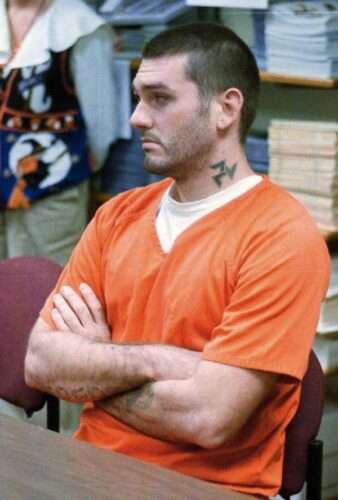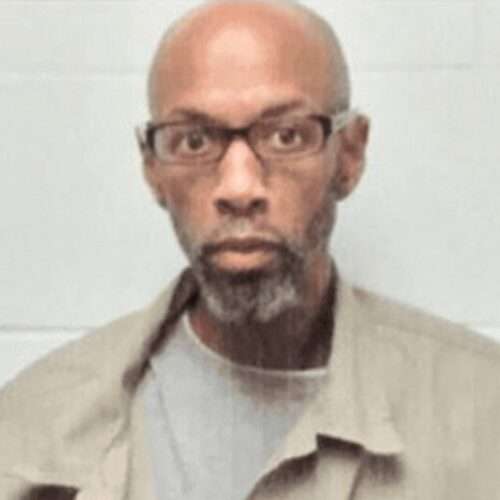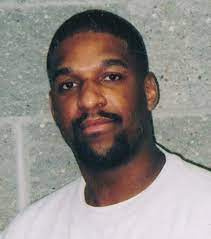Daniel Lee Federal Execution
Daniel Lee was the first person to be executed by the Federal Government in 17 years. Daniel Lee would be sentenced to death for murdering a family of three who were tortured, killed and thrown into a lake. Daniel Lee codefendent Chevie Kehoe was sentenced to multiple life without parole sentences. Lee would be executed … Read more



